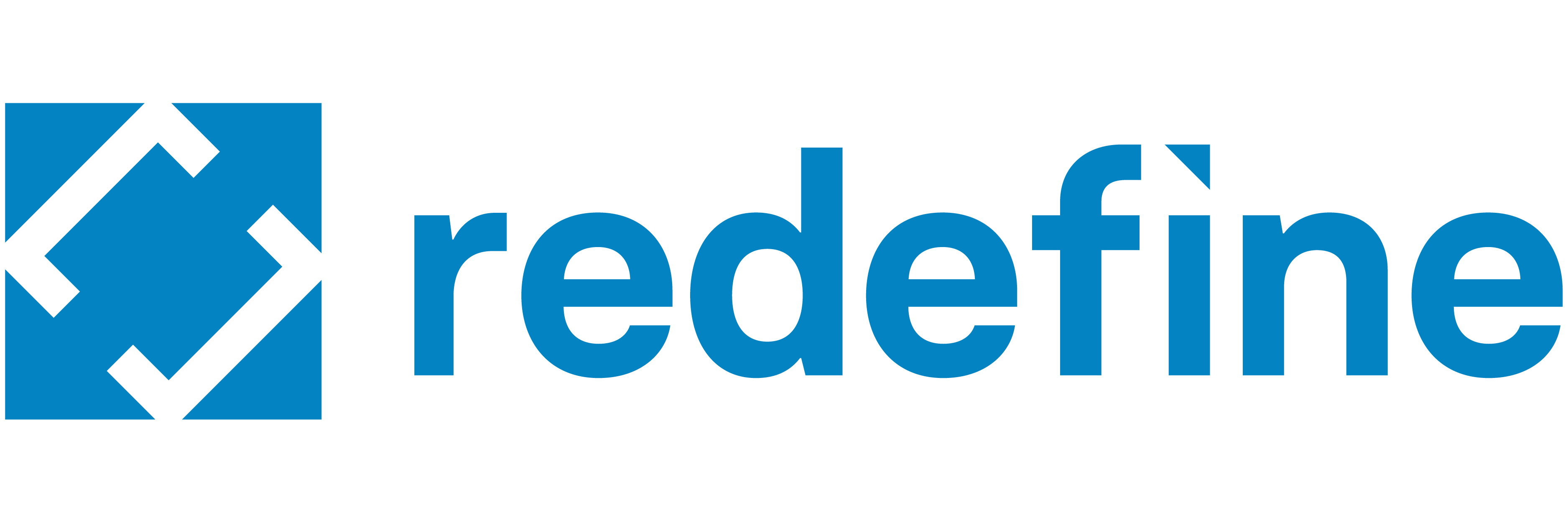- Generative Engine Optimization (GEO) is the next evolution of SEO, focusing on getting AI platforms like ChatGPT to understand and accurately represent your brand rather than just driving clicks.
- Unlike traditional SEO, GEO prioritizes structured clarity, topical depth, and authority to ensure AI systems cite your brand in their responses.
- Early adoption of GEO gives brands a competitive edge, establishing authority within AI-generated search results before the landscape becomes crowded.
- Optimizing for GEO involves strengthening brand expertise, using natural language content, providing clear context, and diversifying media formats to aid AI comprehension.
- GEO complements, rather than replaces, traditional SEO, requiring brands to maintain strong technical foundations while proactively shaping how AI presents their content.
Search engine marketing is changing fast. For years, the game was simple: optimize for Google, rank high, get those clicks. But there’s a new player on the field now, and it’s reshaping how people search for information: Generative Engine Optimization.
Instead of Google, millions of users are now searching for information on AI platforms like ChatGPT, Gemini, and Perplexity. Generative Engine Optimization, also known as GEO or AI Search, is an organic search marketing strategy that gets your brand discovered on these AI platforms. While many of the same SEO fundamentals will apply to GEO, it also requires brands to think differently and optimize their websites within a different set of parameters.
In this article, we’re breaking down the basics of GEO and what you need to get started.
What is generative engine optimization?
Generative Engine Optimization is the process of optimizing a brand’s digital presence so that generative AI tools understand, interpret, and favorably represent its content in their responses.
Think of it as SEO for the age of AI search. Instead of focusing solely on how Google’s algorithm ranks web pages, GEO focuses on how large language models gather, process, and synthesize information when generating answers for users.
In practical terms, when someone asks an AI system a question about a brand’s industry, product, or service, GEO ensures that the organization’s content appears as part of that generated response. It’s not about getting a click. It’s about being part of the conversation the AI is having with the user.
How is GEO different from traditional SEO?
While Generative Engine Optimization and Search Engine Optimization share similar DNA, they operate on very different principles. Understanding the differences is essential for trying to stay competitive.
Traditional SEO optimizes for human readers and search engine algorithms. It focuses on ranking a website high enough to generate clicks. Success is measured in impressions and traffic.
GEO optimizes for AI, interpreting and synthesizing information. It focuses on whether AI models understand a business’s context, authority, and value proposition well enough to include and accurately represent it in generated outputs. Success is measured through mentions and citations within AI responses.
The search interfaces are different too. SEO lives in Google and Bing. GEO lives in the generative AI landscape where results aren’t lists, but composed answers that combine information from multiple sources. The ranking signals matter differently as well. Search engines weigh backlinks and keywords heavily. Generative systems prioritize data quality, topical depth, structured clarity, and authority.
Perhaps most importantly, SEO asks “Will my site appear?” while GEO asks “Will AI understand and represent my brand accurately?”
Why generative engine optimization is becoming essential
The numbers tell the story. Research suggests that in the next few years, a significant amount of search traffic will originate from AI-driven systems rather than traditional search engines.
For brands, the implications are significant. Users increasingly start their research by asking AI for summaries, recommendations, and comparisons. They’re increasingly bypassing traditional search results entirely. If an organization isn’t represented in those AI-generated answers, it might as well not exist to those users.
Beyond visibility, there’s the matter of accuracy and reputation. AI systems are only as reliable as the data they consume. If a brand’s website lacks clarity or structured context, the AI might misinterpret or omit it entirely. GEO ensures that authoritative, well-crafted content gets pulled into AI responses, shaping how the brand is understood.
There’s also a competitive advantage to being early. Just as early SEO adopters dominated their industries, businesses embracing GEO now will establish themselves as trusted sources within generative systems. Once these engines mature further, that authority advantage becomes increasingly difficult for competitors to overcome.
Getting started with GEO
The good news is that many GEO principles align with solid marketing fundamentals. Here’s how to begin optimizing:
Strengthen brand authority
Generative models prioritize reputable sources. Brands should invest in high-quality, well-researched, and consistent content that clearly demonstrates expertise. This means publishing original insights, citing credible sources, and using schema markup to help AI understand content structure and meaning.
Optimize for natural language
Generative engines are built for conversation. Rather than targeting keyword phrases, create content around full-sentence questions and conversational topics. Instead of “marketing strategies,” think “What are the most effective marketing strategies for small businesses in 2025?” This mirrors how people actually interact with AI.
Provide clear, structured context
AI thrives on clarity. Using headings, FAQs, glossaries, and summary sections makes content easier for both humans and algorithms to parse.
Build trust signals
Transparency matters to generative models. Clear authorship, proper citations, and timestamps signal that content is credible and verifiable. Attributing content to knowledgeable individuals within an organization demonstrates expertise in a way that stands out to AI systems.
Diversify content formats
GEO isn’t limited to just text. Images need descriptive alt text. Videos require transcripts or clear descriptions of their purpose. All media should be optimized not just for accessibility but for AI comprehension.
Monitor AI responses
Since GEO is still emerging, traditional analytics may not capture performance fully. You should regularly test industry-related prompts in various AI tools to see if and how your brand appears in generated responses. This direct testing reveals gaps and opportunities.
Maintain strong SEO foundations
GEO doesn’t replace SEO; it complements it. You should keep technical SEO solid: fast load speeds, mobile optimization, and clean site structure. These elements matter for both traditional search and generative systems.
The bridge to the future
Generative Engine Optimization represents more than just an adjustment to marketing strategy. It’s an acknowledgment that the way information gets discovered and consumed online is changing. For businesses, it’s an opportunity to proactively shape their narrative in AI-generated responses and ensure visibility in the next era of digital discovery.
GEO rewards transparency and genuine expertise, not tired marketing gimmicks. It’s not about gaming the system; it’s about ensuring AI systems have the accurate, well-structured information they need to represent a brand fairly and favorably.
The digital landscape may be evolving, but one principle remains constant: visibility goes to those who are willing to adapt. By embracing GEO now, your business isn’t just preparing for the future. You’re actively shaping it.
To make sure your business’ website is optimized for AI search, contact Redefine today.





